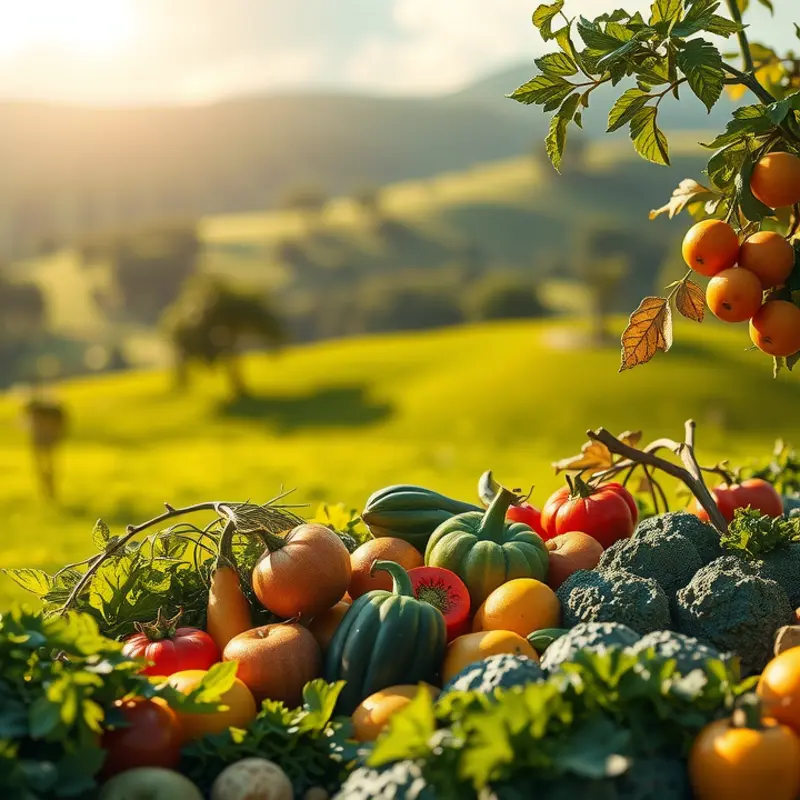Thickening gravy can make or break your dish, whether it’s for a Sunday roast or a cozy weekday meal. Understanding how to achieve the perfect consistency is an invaluable skill for any home cook. With a few easy techniques, you can elevate your gravies from thin and watery to delightfully rich and silky, enhancing both texture and flavor. Let’s explore practical methods that will turn your gravies into a holy grail of deliciousness.
Understanding the Basics of Gravy Thickness

Gravy is a staple in many cuisines, celebrated for its ability to elevate the simplest of dishes. Achieving the perfect consistency is vital to making gravy that complements, rather than overwhelms, a meal. Understanding the basics of gravy thickness is the first step in mastering this culinary art.
A good gravy strikes a balance between flavor, texture, and appearance. It should coat the back of a spoon without feeling gloopy. The key components that influence gravy thickness include the choice of thickening agent, the base liquid, and the cooking technique.
Thickening agents like flour, cornstarch, and arrowroot are common choices. Each has unique properties that affect texture. Flour makes for a richer, opaque gravy, adding a slightly nutty flavor when cooked properly. Cornstarch yields a more translucent result and requires precise temperature control to avoid clumping. Arrowroot presents a neutral option that maintains clarity and is ideal for slightly acidic gravies.
The base liquid often consists of drippings from a roast, stock, or broth. The choice of liquid contributes significantly to the flavor profile and richness of the gravy. Drippings, rich in fat and umami, create a savory, intense base. Stock or broth adds depth and can be customized with herbs and spices for a more complex flavor.
Common issues in gravy-making tend to arise from the thickening process. A major pitfall is achieving the right balance to avoid an overly thin or excessively thick consistency. Too thin, and the gravy fails to cling to food; too thick, and it can feel heavy and mask flavors. Consistency problems often stem from either underestimating the thickening agent required or overcompensating to rectify earlier mistakes.
Temperature control is crucial. Adding a thickening agent to cold liquid or at the wrong stage of cooking can cause lumps. Dissolving agents in a room temperature slurry before adding them to hot gravy helps ensure smoothness. Gradually whisking the slurry into the simmering base allows the thickener to activate evenly. Continuous whisking ensures that the gravy thickens uniformly and remains lump-free.
Another consideration is the adjustment of seasoning after thickening. A thicker gravy can sometimes dull the flavors, necessitating a final taste test and seasoning adjustment. This practice ensures the flavors are vibrant and well-rounded.
Addressing these complexities requires practice, patience, and a willingness to understand each ingredient’s role. By refining these skills, home cooks can achieve a perfect balance between thickness and flavor. For those keen on exploring broader cooking techniques, the article on easy sauce simmering offers additional insights into perfecting sauce textures and flavors.
Mastering the nuances of gravy thickening opens the door to countless delicious meals. With an understanding of the fundamentals, you can craft gravies that are not only thickened to perfection but also enhance the culinary experience.
Quick Techniques for Thickening Gravy

Achieving the perfect consistency for gravy is often the elusive goal of many cooks. The secret to mastering gravy thickening lies in understanding a few versatile techniques, which can be implemented simply and effectively.
Roux Method:
Start by melting equal parts of fat (such as butter) and flour in a saucepan over medium heat. Stir continuously until the mixture reaches a golden brown color. Slowly whisk in your hot stock or drippings, ensuring a smooth blend. The roux thickens as it incorporates with the liquid, producing a rich and velvety gravy.
Cornstarch Slurry:
For those in a hurry, a cornstarch slurry is a perfect choice. Mix one tablespoon of cornstarch with an equal amount of cold water, forming a smooth paste. Gradually whisk the slurry into simmering gravy, allowing the mixture to cook for a couple of minutes until it thickens. Stir constantly to avoid lumps.
Arrowroot Powder:
Similar to cornstarch, arrowroot powder provides a gluten-free alternative for thickening. Blend one tablespoon of arrowroot with a tablespoon of cold water. Incorporate it slowly into simmering gravy, and watch as it thickens almost immediately. It’s perfect for acid-based gravies, as it holds its structure well.
Reduction Technique:
This involves simmering the gravy to evaporate water, resulting in a naturally thicker consistency. Start by bringing the gravy to a gentle boil, then reduce the heat to maintain a simmer. Stir frequently until the desired thickness is achieved. This technique intensifies the flavors, creating a more robust taste.
Mashed Potatoes:
A surprising yet effective method is incorporating mashed potatoes. Whisk small amounts of prepared mashed potatoes into simmering gravy. It blends smoothly and provides a comforting, thick gravy that is rich and flavorful.
These techniques ensure your gravy reaches the ideal thickness every time. Whether you prefer a classic roux or a quick cornstarch solution, each method is easy to follow and adjust to your preference. In your culinary journey, these gravy-thickening tricks will serve as reliable allies, ensuring success and satisfaction for all your savory needs.
For more tips on thickening agents and enhancing flavors, explore our guide on cooking without gums, which offers additional insights into creative cooking techniques.
Final words
Thickening gravy doesn’t have to be a daunting task. By mastering a few simple techniques, you can elevate your cooking and consistently produce gravies that your family will love. Remember to adjust seasonings to taste, and don’t hesitate to experiment with different thickening agents to find your favorite! Keep practicing, and soon enough, your gravies will become the highlight of any meal, impressing your guests and satisfying your family.







